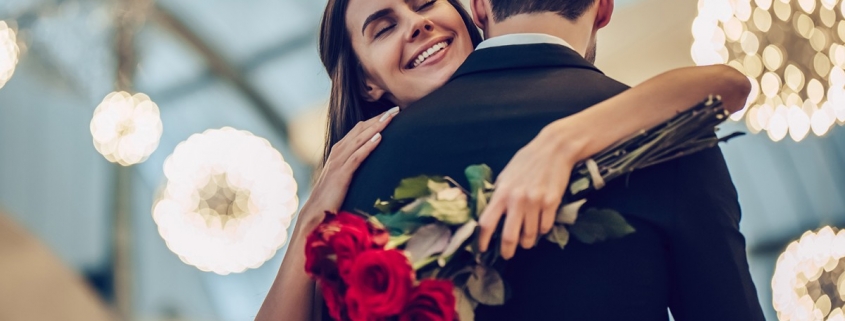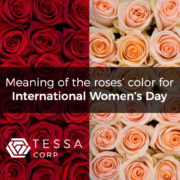Science and Culture: Valentine’s Day 2019
With Valentine’s Day around the corner, it is officially our busiest time of the year. Amongst large orders, heavy work-flow and sales calls, we wanted to take a moment and reflect upon what it all began with, what it all comes back to, what it is all about: Roses.
Two decades ago, our family had a dream to grow and deliver the most beautiful roses in all the world. We believe roses add elegance, joy, luxury, and love to people’s lives. And now, science is confirming what we have long suspected. According to behavioral research conducted at Rutgers University roses improve emotional health. Rutgers discovered roses provide a long-term positive effect on a person’s mood. Although women are primarily the recipients of roses, men experience positive emotions when receiving or even being around roses as well.
Here are some of the tried and true benefits of roses:
- Instant, true smiles and memorable moments that change brain chemistry
- A sense of genuine happiness and affectionate feelings
- An intimate connection
- A reduction in stress, anxiety and depression
- A method of deep relaxation
- A sense of healing and grounding to bring something alive into your home
To dig a little deeper, Tessa decided to travel the pages of pop culture history and mankind to understand why roses make us feel a certain way. Roses have played an important role in legendary love stories that millions grew up with. As we all know, subconsciously or not, timeless stories have a way of immortalizing objects into our psyches. Think of a glass slipper (Cinderella), a light saber (Star Wars), a plastic bag (American Beauty), a volleyball (Castaway), a ring (Lord of the Rings), an umbrella (Singin’ in the Rain). When you see these things in life, your brain connects them to the way that movie made you feel. That is the power of storytelling.
Here are some of the most iconic Roses in popular culture of all time:
Charlie Chaplin falls in love with the blind flower girl in City Lights (1931)
The fateful, cursed rose in Beauty and the Beast (1991)
The popular song “Painting the Roses Red” in Alice in Wonderland (1951)
In Romeo and Juliet (1914), Shakespeare writes “A rose by any other name would smell as sweet.”
The young, beautiful, rose-showered Angela as the epitome of youth, lust and beauty in American Beauty (1999)
As you can see, roses have been subtly (and often, not so subtly) placed in key films, literature and popular culture throughout time to create iconic and impactful messages. Famous writers and storytellers have taken the power, the beauty, the emotions created by roses and skillfully placed them into their work. When you see a bouquet of roses, a rose farm, a single long-stem rose, you are looking at a work of art, a work of heart and a meaningful symbol whose message goes far beyond “just a flower”.
We are in the business of Roses. And roses are a source of happiness, love, luxury and timeless storytelling. What does that mean to us? It means we are in the business of happiness, love, luxury and timeless storytelling. We deliver beauty, joy, grace, elegance, and luxury around the world. That is a business we are proud to be behind.
This Valentine’s Day, as you package, deliver, arrange, plan and share hundreds and hundreds of roses, take a moment and remember the power behind one simple rose. We are not just in the flower business. We are so much more.
Happy Valentine’s Day,
Tessa Corp 🌹












Beautiful… powerful… fantastic!!!
thank you!